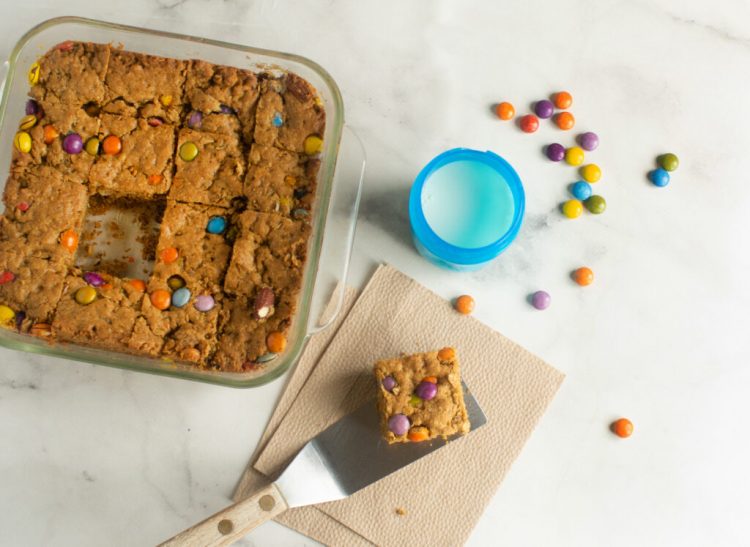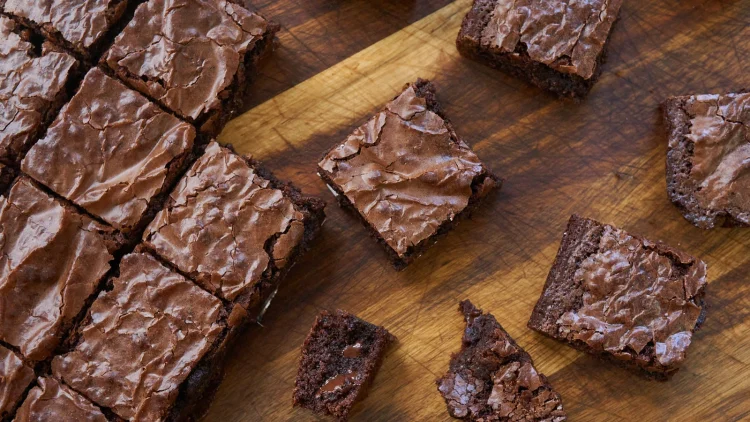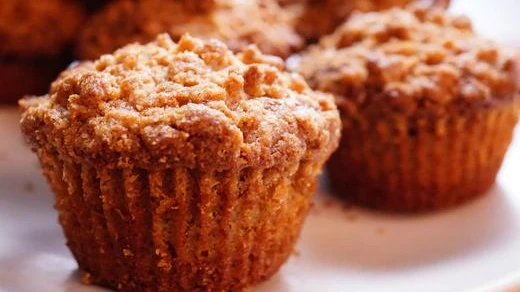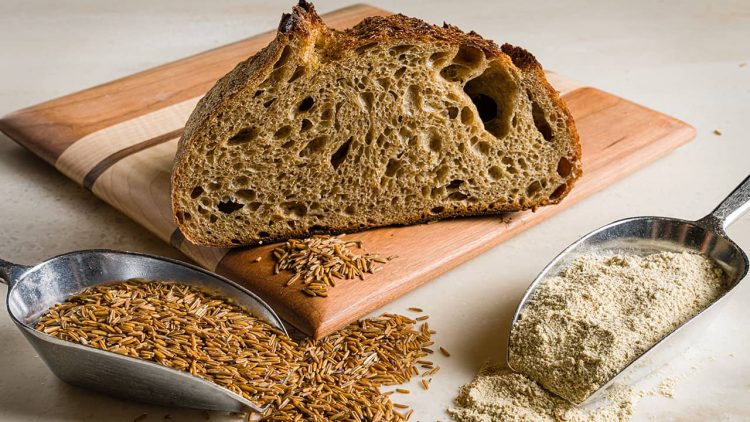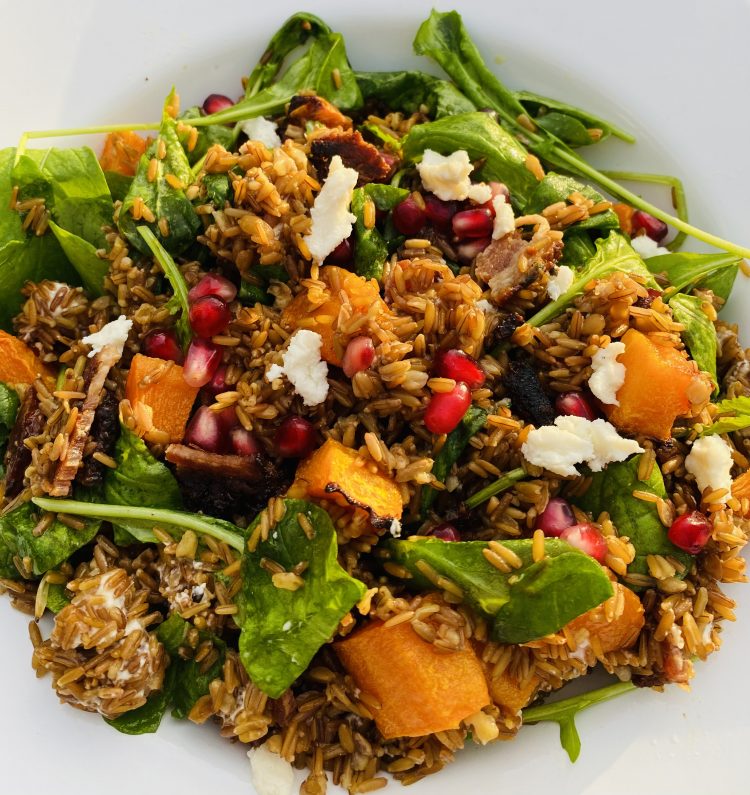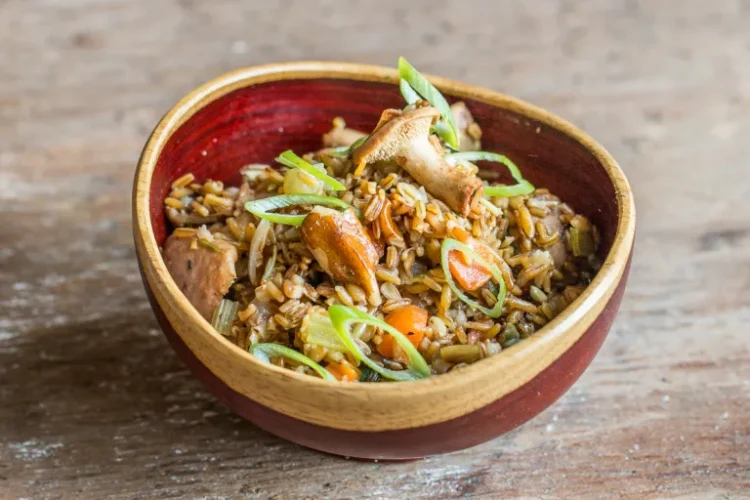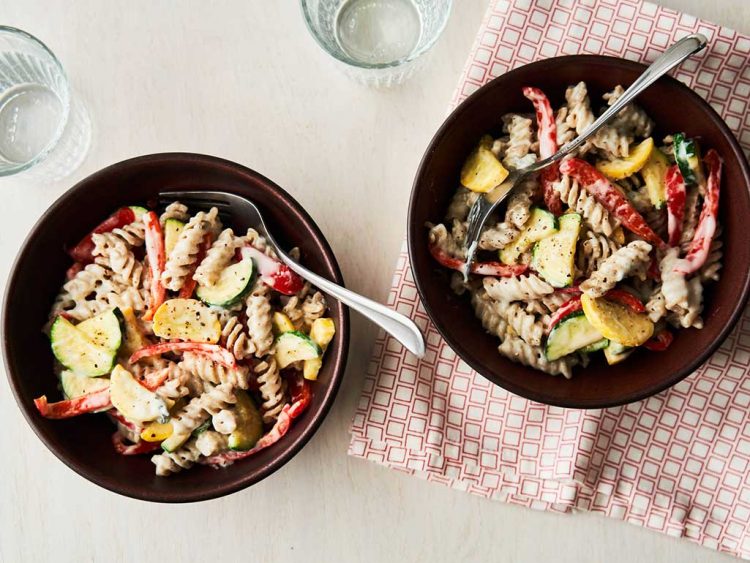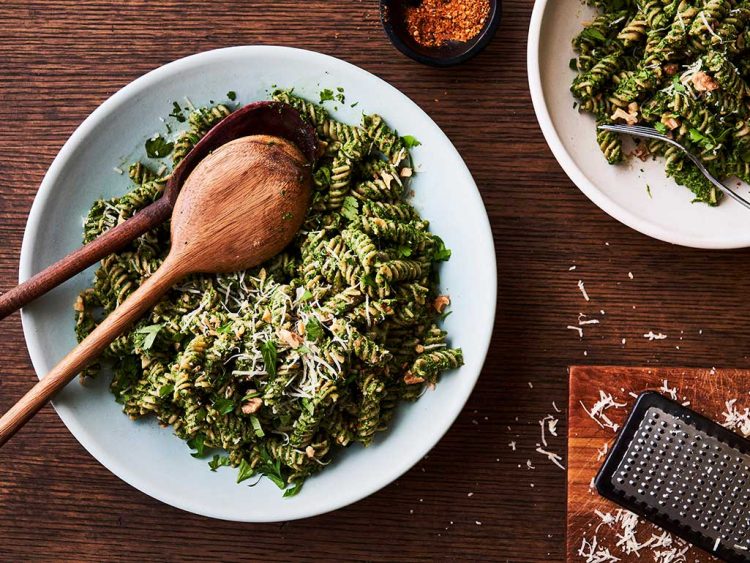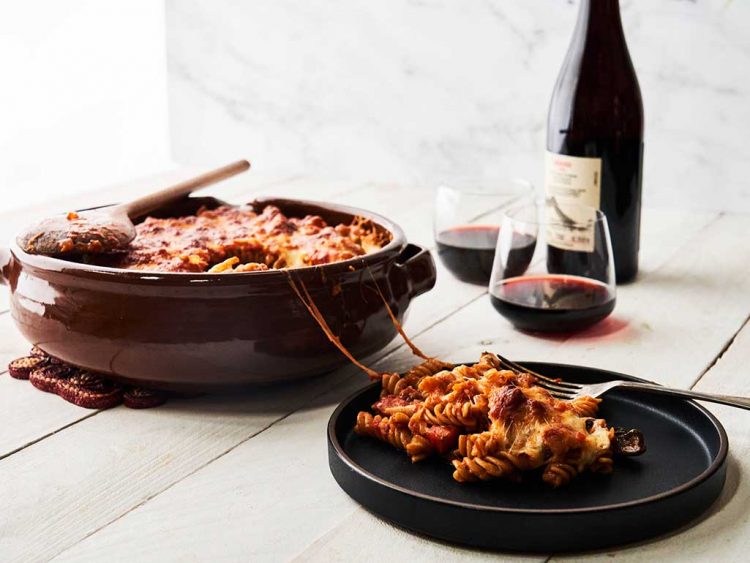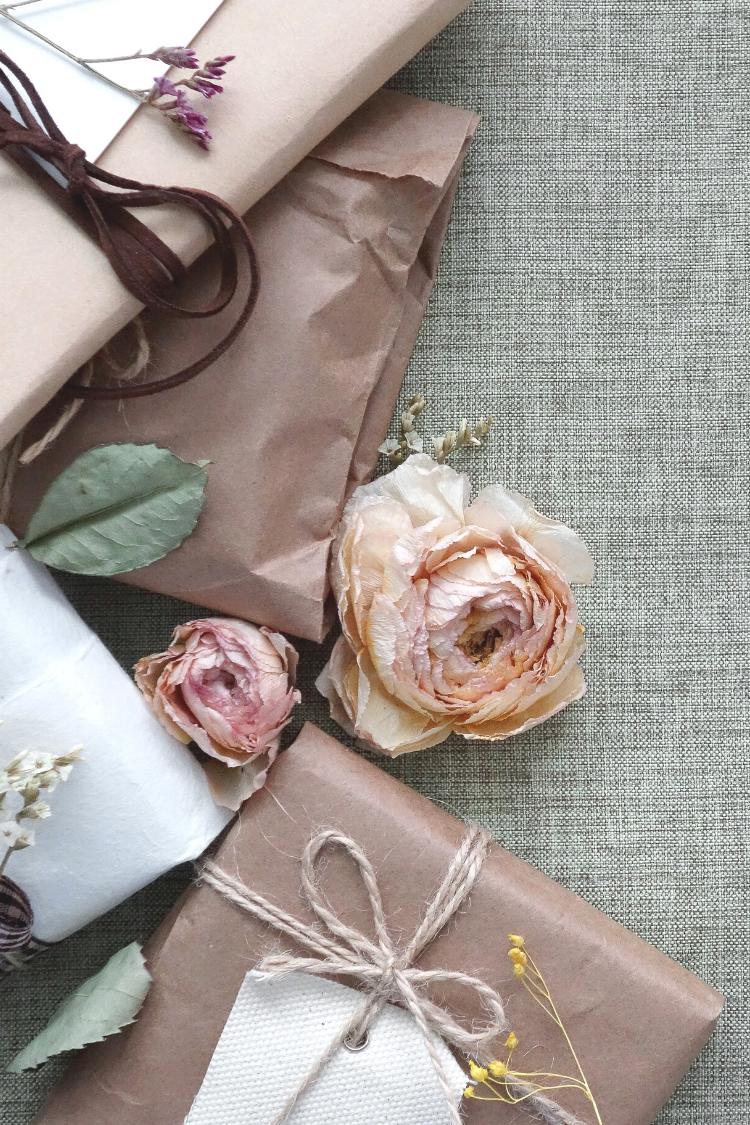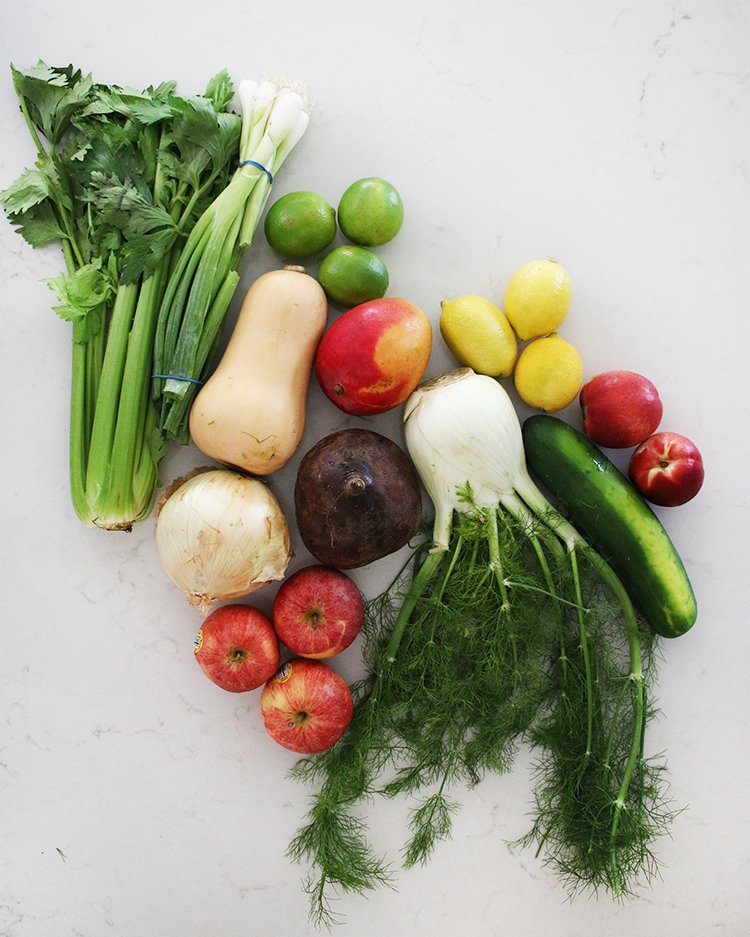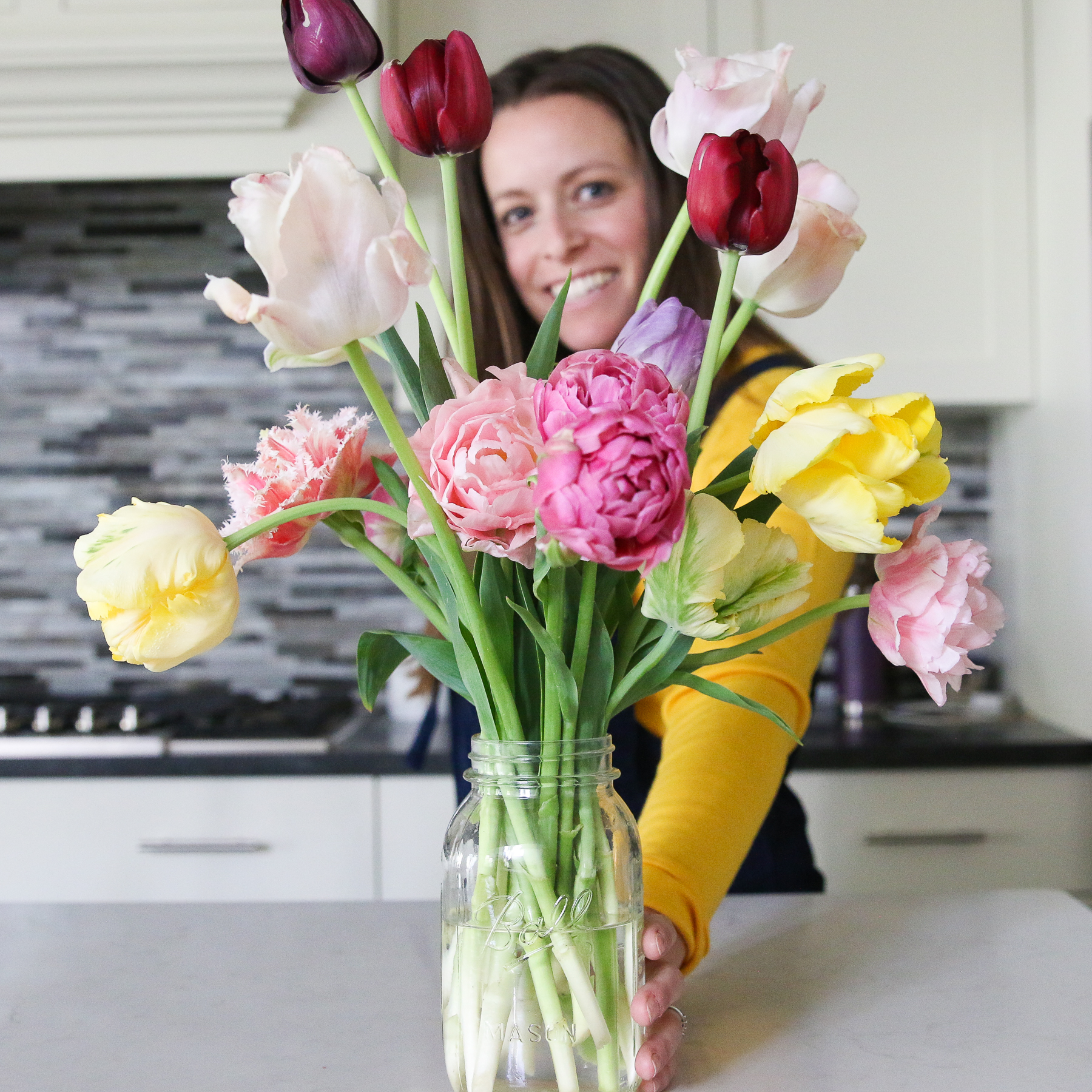Beginner’s Guide to Kernza® Perennial Grain For The Planet
Have you heard of Kernza®? If not, there’s a good chance you’ll be hearing about it soon, especially as we work from every possible angle to tackle the climate crisis. Why you might ask? Kernza may prove to be the grain of the future. Read on for more about what Kernza is, why Kernza matters for climate action, and how to use Kernza in everyday home cooking and baking.
This post contains affiliate links.
While I’m not excited about eating Frankenstein foods, agricultural scientists can do some pretty amazing things with food that we eat to help make food more sustainable and environmentally friendly while also providing better nutrition to more people.
Farmers have been sustainably breeding better crops for thousands of years. These practices started in simple ways, such as thoughtfully selecting seeds from the best growing crops each harvest to save for subsequent seasons. Modern agricultural science still incorporates some of these simple yet effective breeding practices into much more complex agriculture advancement methods to produce more effective seeds and better, more bountiful crops each season.
Kernza® is one example of modern agriculture’s creative and potentially significant solutions to the climate crisis that is a product of agricultural research and science.
How does modern agriculture contribute to the climate crisis?
Our current industrialized agriculture practices have massive carbon footprints. From tilling, fertilizers, herbicides, pesticides, soil erosion, machinery, transportation, and more, large-scale agriculture emits a significant portion of the greenhouse gas (GHG) emissions warming the planet. In the United States, the United States Department of Agriculture (USDA) estimates that agriculture was responsible for more than 11% of total greenhouse gas emissions in 2020. The United States Environmental Protection Agency corroborates this estimate.
There are many sources of GHG emissions in agriculture. We’ve discussed those from cattle and concentrated animal feeding operations (CAFOs) in the past. With respect to plants, annual crops like wheat and corn need lots of fertilizer, require significant effort to harvest each season, and release carbon from the soil into the atmosphere when harvested.
In short, they leave heavy tolls on soil health, soil erosion, and carbon sequestration. Choosing alternative grains to replace commodity crops like wheat could offer financial and environmental benefits to farmers and the planet at large.
Kernza is one example of a climate-friendly grain alternative to wheat that could address climate concerns around soil health and carbon sequestration.
What is Kernza®?
Kernza® is a rich and robust grain developed from intermediate wheatgrass and cultivated by agricultural scientists from The Land Institute and their partners. Kernza’s deep roots have the potential to increase soil health, carbon sequestration, water retention, and enhance the surrounding wildlife habitat. The sweet- and nutty-tasting grain lends itself particularly well as an ingredient for cereal and snacks, though it can also be ground into flour, incorporated into salads, and used to brew beer. Whole Foods even predicated that Kernza would be one of the top food trends of 2022 for its breadth of applications and climate-friendly characteristics.
Why is Kernza good for the planet?
Kernza has the potential to be a serious solution to the climate crisis. Unlike wheat, Kernza is a perennial crop, meaning that its roots stay in the ground after being harvested and it comes back for many years without needing to be replanted. As a result, Kernza has long roots (sometimes 10 feet or more) that grow much deeper into the soil than wheat.
Through photosynthesis, Kernza roots absorb carbon (lots of it when they are ten feet long), so keeping the roots in the soil sequester that carbon into the ground instead of releasing it back into the atmosphere, as happens with the annual harvesting of wheat.
Deep roots rich in carbon also pass that carbon into the biodiverse soil ecosystem, feeding billions of microorganisms in the soil which makes soil healthier, less susceptible to the impacts of drought, and less likely to erode. Longer roots also make it easier for Kernza plants to gather water far below the soil’s surface, which makes the plants more resilient in drought conditions.
Climate change is already leading to more frequent and more intense drought conditions than we’ve seen in modern history, so resilience against drought conditions will be imperative to maintaining a sustainable and consistent food supply.
Is Kernza Healthy?
While health is a personal matter and unique for each individual, Kernza is high in antioxidants. Whole grain Kernza® has eight times the insoluble dietary fiber of whole wheat flour. And it is not gluten-free, but Kernza has less gluten than wheat.
Kernza also builds healthier soil due to its long roots and perennial growing cadence. Healthy soils produce healthier plants.
Where to Buy Kernza
Kernza is not yet widely available in most grocery stores. There are a few products using Kernza available in stores like Whole Foods, where I found Kernza cereal from Cascadian Foods.
You can, however, find some Kernza products online. Perennial Pantry is a growing company that seeks to bring delicious, climate-positive food staples to everyday kitchens. On its site, it offers Kernza flours, Kernza pancake and waffle mix, Kernza crackers, and Kernza Whole Grain. Patagonia Provisions also offers Kernza Fusilli pasta on their site.
Is Kernza Expensive?
Kernza is still in a developmental phase with respect to large-scale commercialization and efficient production. Thus, it’s more expensive than traditional wheat flour and other wheat products right now. However, as agricultural scientists continue to cultivate Kernza, increase seed size, and create crops that grow in a more homogeneous manner, Kernza prices should decrease dramatically and the products become more mainstream.
10 Simple Kernza Recipes
Because it’s still a fairly new grain, there are not a ton of Kernza recipes just yet. Kernza can be substituted for wheat flour in some cases, but it’s not a one-to-one swap for regular flour.
The companies that make Kernza ingredients as well as the organizations working to cultivate Kernza and bring it to market more broadly have created some delicious recipes to make it easy to incorporate Kernza in an everyday home kitchen. We’re working to bring you some easy and delicious Kernza recipes as well.
Kernza as a Baking Flour
Because I like to bake with my kids, using Kernza as a baking flour excited me the most. Kernza has less gluten than traditional wheat flour, so it doesn’t exactly replace typical flour ingredients in many baked good recipes. I decided to try Kernza flour in a few baked goods recipes where the texture of the flour wasn’t quite as important.
Perennial Pantry, a company that produces and sells Kernza ingredients, suggests using Kernza for baked goods that require minimal rising. To help chefs and everyday home cooks incorporate Kernza into their recipes, they created a Guide to Getting Started with Kernza. They also have several recipes from the Perennial Test Kitchen and Kernza recipes from the community, including this Regenerative Flour brownie recipe and these Kernza Cinnamon Sugar Muffins that look delicious.
For more advanced bakers and chefs, you can check out their in-depth Kernza guide. It’s a little beyond the scope of my simple kitchen skills but will surely help professionals looking to use Kernza in more sophisticated recipes.
My boys and I plan to make Kernza oatmeal chocolate chip cookies. I hope the oatmeal will help give the cookies plenty of robust texture, so substituting Kernza flour for traditional flour will be worth a shot. After we bake them, I’ll be sure to share how it went.
Other more sophisticated bakers have made Kernza sourdough and Kernza Country Loaf. Check out these recipes if you enjoy making bread from scratch.
My boys love pancakes for breakfast as a special treat, so I also purchased the Kernza flour pancake and waffle mix from Perennial Pantry. With just a few additional basic ingredients, we made delicious pancakes topped with local maple syrup.
Kernza as a Whole Grain (Like Rice or Quinoa)
You can also use Kernza as a whole grain similar to wheat berries. In this case, they replace ingredients like quinoa or wild rice in delicious salads and veggie bowls. You can even par-cook Kernza so it’s ready for a quick meal. Check out these Kernza grain salad recipes.
Kernza For Brewing Beer & Whiskey
In 2016, Patagonia brought to market Long Root® Pale Ale, the world’s first commercial Kernza product. Since then, many local restaurants and breweries have incorporated Kernza into their beers. If you’re into brewing beer or appreciate a climate-friendly brew to support the planet, ask your favorite brewer to check it out and incorporate Kernza into one of their next craft beers.
Kernza Pasta
After success with the Kernza Pale Ale, Patagonia Provisions created Kernza Fusilli pasta. The pasta uses a mix of Kernza flour and semolina to create a more climate-friendly noodle for your favorite pasta dish.
The Kernza pasta is not yet available in many grocery stores, but you can buy it from Patagonia Provisions online. Check out some of their Kernza Fusilli recipes including Spinach Walnut Pesto with Kernza Fusilli, Chorizo Baked Pasta with Kernza Fusilli, and Blue Cheese Fusilli with Zucchini and Red Peppers.
Kernza Cereal
Cascadian Farms, a General Mills brand, partnered with The Land Institute to incorporate Kernza into several of their products, starting with a Kernza cereal. With so many people already eating cereal for breakfast, and any time of day, incorporating Kernza into cereal made a lot of sense. General Mills is also based in Minneapolis near the University of Minnesota where Kernza is being developed and cultivated, so the partnership made geographic sense.
We found the Cascadian Farms Kernza cereal at Whole Foods in our area. We ate it plain and mixed it with raisins. You could also use the cereal for a variety of recipes that typically use wheat flake cereals.
All the Small Steps to Tackle Climate Change Add Up
The climate crisis is a gigantic problem that all of us must do our part to address. How each of us contributes to change, however, will look different based on our skills, interest, needs, resources, and more. Swapping ingredients in your pantry for more climate-friendly pantry alternatives like Kernza flour and other Kernza products is a simple way to take climate action in your own kitchen, especially if you love cooking and baking.
While Kernza has the potential to replace annual wheat as a much more climate-friendly grain, it still has a bit of maturing to do in the development lab and in the market. Scientists are working to make Kernza more homogenous and efficient for farmers to harvest.
Meanwhile, we can begin experimenting with Kernza in home kitchens to create and share delicious Kernza recipes to help grow consumer demand for this promising grain. It’s like citizen science meets culinary exploration for climate action.
Have you tried Kernza? If so, I’d love to hear how you used it. Share in the comments and let us know if you have any favorite recipes to incorporate Kernza into everyday home kitchen pantries and meals.
If You Like Beginners Guide to Kernza, You Might Also Like
Comprehensive Beginner’s Guide To Zero Waste Baking
8 Resources To Better Understand Regenerative Living and Gardening
What is Regenerative Living for Modern Families?

Jen Panaro
Jen Panaro, founder and editor-in-chief of Honestly Modern, is a self-proclaimed composting nerd and advocate for sustainable living for modern families. To find her latest work, subscribe to her newsletter, Stepping Stones.
In her spare time, she’s a serial library book borrower, a messy gardener, and a mom of two boys who spends a lot of time in hockey rinks and on baseball fields.
You can find more of her work at Raising Global Kidizens, an online space to help parents and caregivers raise the next generation of responsible global citizens.



